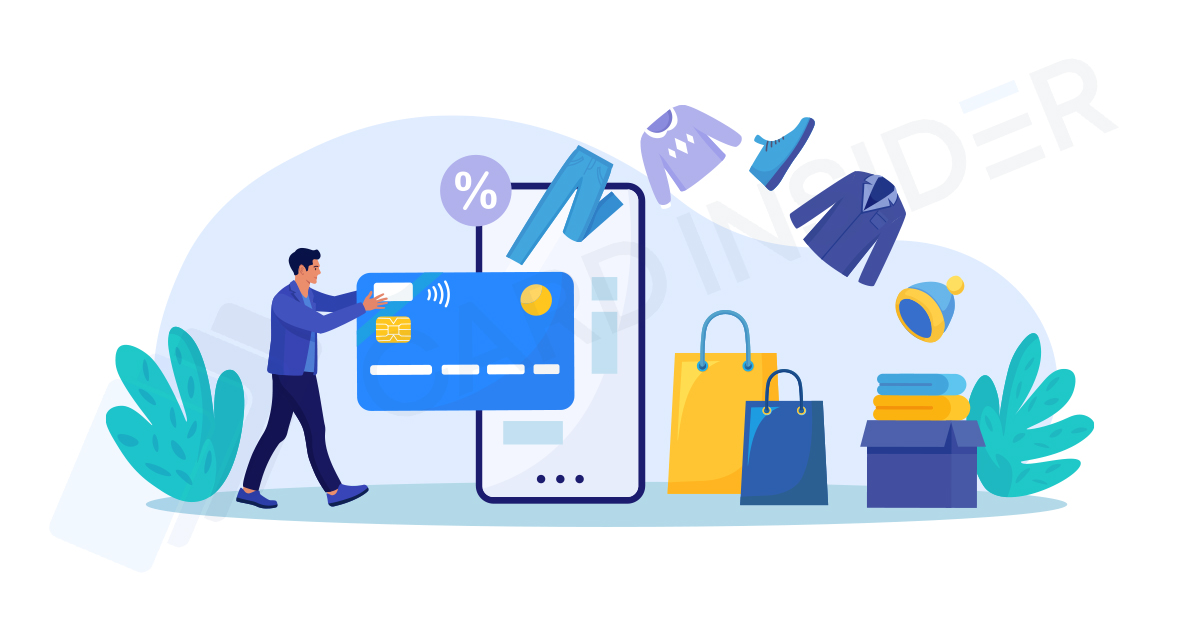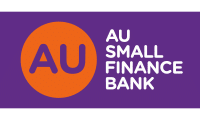EMI, or Equated Monthly Installment, is a fixed amount of money you pay every month to clear off a loan or a purchase you’ve made on credit within a specific period. It’s like breaking down the total cost into smaller, manageable parts so you don’t have to pay everything at once. This way, you can buy something expensive, like a phone or a car, and pay for it over time without needing all the money upfront. A no-cost EMI option allows you to pay for an expensive product or service with almost zero interest.

A no-cost EMI does not include the interest rate and allows you to pay in affordable monthly installments at zero interest rates. No-cost EMI on credit cards means you can buy something now and pay for it in smaller parts over time without any extra charges. It’s a way to make purchases more accessible to manage financially by spreading the cost, without paying the whole price upfront. Usually banks charge an interest for this service.
How Does No-Cost EMI Work?
No-cost EMI is essentially a way to buy products for a specific period of time without paying any extra money over the actual price. Simply put, when you choose a no-cost EMI, the total cost of the product is broken down into smaller, equal amounts that you can pay over a set period. For instance, if you decide to purchase a product that costs ₹60,000 and opt for a 12-month no-cost EMI plan, you would pay ₹5,000 every month for 12 months. This adds up to exactly ₹60,000, which is the product’s original price, without any additional fees.
Generally, when you make a purchase using EMI, it involves a partnership between the seller of the product and the financial institutions or banks that provide the credit. A perfect example of this would be the Amazon Pay ICICI Credit Card. During the EMI period, you may be offered a discount that is equal to the total interest you would have paid otherwise. Any interest usually added to your EMI payments is either absorbed by the retailer or the bank. This allows you to pay only the product’s actual price, which is divided into manageable monthly installments. This setup makes buying high-value items more feasible without putting any additional financial burden on you through extra charges.
Difference Between EMI and No-Cost EMI
| EMI | No-Cost EMI |
| Interest is applied. | No interest is applied. |
| The product price and interest together make up the total cost. | The price of the product is the only cost to be considered for the total cost. |
| For payment, the monthly amount includes interest. | The monthly amount is interest-free for payments. |
| Banks and credit card companies offer EMI options. | Brands and retailers provide no-cost EMI. |
Advantages of No-Cost EMIs
The advantages of no-cost EMI are as follows:
No Additional Charges
The primary advantage of a no-cost EMI is that it does not involve any extra charges over the product’s price. Unlike traditional loans, where interest is added to the principal amount, no-cost EMI allows you to pay the product’s price in installments without any interest.
Improves Credit Score
Paying your EMIs on time can positively impact your credit score. A good credit history and score can benefit future financial ventures, such as applying for loans or credit cards.
Quick and Easy Processing
The process of availing of no-cost EMI is typically quick and straightforward. Many retailers and online platforms offer instant approvals, making it convenient to make purchases without long procedures.
Flexible Tenure Options
No-cost EMIs usually come with various tenure options, ranging from 3 months to 24 months or more. This flexibility allows you to choose a repayment period that best suits your financial situation, ensuring that the monthly installments are comfortable for you to handle.
Disadvantages of No-Cost EMIs
The disadvantages of no-cost EMI are as follows:
Limited Availability
Not all products may be available under the no-cost EMI scheme. Retailers and financial institutions often limit this option to specific items or categories, which might restrict your choices.
Impact on Credit Limit
When you use a credit card for a no-cost EMI, the purchase amount is blocked against your credit limit. This reduces your available credit, which could be inconvenient if you need credit for emergencies or other purchases.
Complex Terms and Conditions
The terms and conditions of no-cost EMI can be complex and difficult to understand. Important details, such as the impact on your credit limit, cancellation charges, or what happens in case of non-payment, might not be clear, leading to surprises later on.
Bottom Line
No-cost EMI on credit cards is a convenient and cost-effective way to make big purchases without any financial stress. This scheme divides the total cost of a product into manageable monthly installments without any additional interest. It not only makes expensive items more accessible but also helps maintain a healthy credit score through timely payments. However, it’s essential to remember the limited availability of such schemes, the potential impact on your credit limit, and the importance of understanding the terms and conditions thoroughly to avoid surprises. If used wisely, No-Cost EMI can be a beneficial financial tool for making smarter purchasing decisions.









